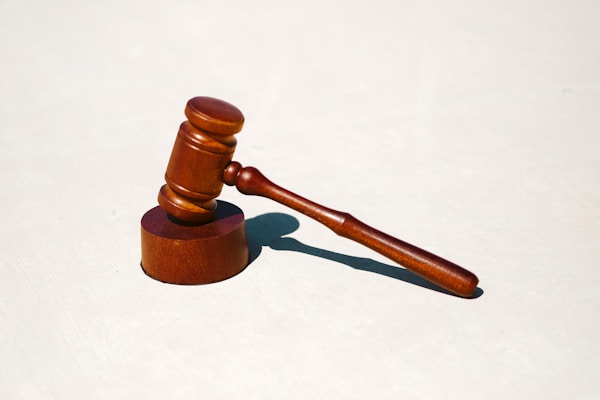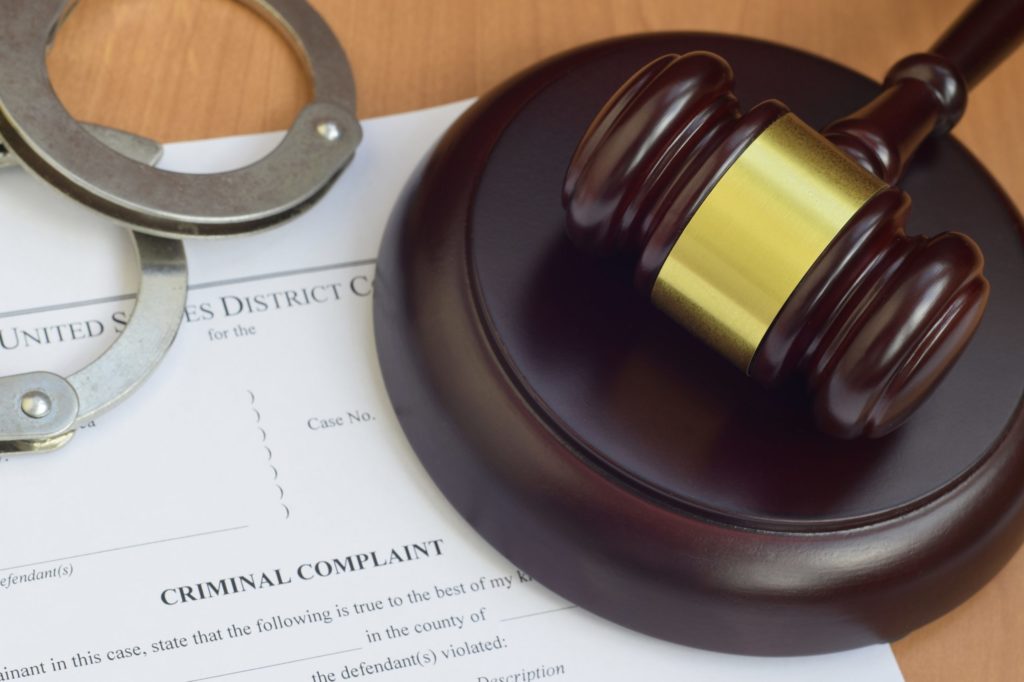A mugshot is commonly published by the media alongside news stories about arrests or criminal convictions. But what effect does this practice have on the criminal justice system? Keep reading to find out.
Effects on Public Opinion


Mugshots are often used in the media to report on crime and criminals. And having a mugshot publicly available can make it difficult for people who have been arrested but not convicted of a crime to find work or housing, as they may be seen as criminals even if they have not been convicted. A mugshot may also make it difficult for people who were convicted after they have served their time and done their due diligence. It might even have an impact on jury selection. On top of that, a mugshot can bias potential jurors against defendants, even if there is no evidence that the defendant is guilty. This can lead to unfair trials in which defendants are not given a fair chance to prove their innocence.
Disproportionate Representation
Publishing a mugshot has become a ubiquitous part of the media, but their use can have serious implications for the criminal justice system. The increasing use of these images in the media has led to the public’s perception of criminals as being disproportionately represented by race and ethnicity. This can lead to unfair treatment of people of color by law enforcement and society more broadly. Additionally, a mugshot may be used to influence potential jurors, which could affect the outcome of a criminal trial.
Sentencing Decisions
These images are used as both investigative and judicial tools. And there is growing evidence that this increased exposure is influencing sentencing decisions. One study found that judges were twice as likely to give defendants probation if their case received no news coverage. When the defendant’s mugshot was published, judges were almost four times as likely to send them to prison. These findings suggest that the media may be playing a role in mass incarceration. As mentioned in previous sections, the impact of these images on sentencing decisions is not limited to judges, however. Jurors are also influenced by images of defendants. One study found that jurors were more likely to convict a defendant if they had seen his or her mugshot prior to trial. This suggests that the use of a mugshot in the media can have a significant impact on verdicts and sentencing outcomes.
Gray Areas


On one hand, these images provide a valuable service to the community by informing people about who is arrested and providing a warning to potential victims. They also play an important role in helping police identify suspects. However, there are also some negative aspects to mugshot publication. For example, they can be humiliating for offenders. And they can be harmful to those who were never actually convicted of crimes they were accused of. Furthermore, a mugshot can easily be inaccurate or misleading, leading to unfair treatment of specific defendants.
Overall, there is no clear consensus on whether or not mugshot publication is good or bad for the criminal justice system. Some people argue that it serves as a deterrent for crime, while others claim that it undermines the fairness of our legal system. It will be interesting to see how this debate continues to evolve as technology advances and new ways of disseminating information emerge. The use of a mugshot in the media can have a significant impact on the criminal justice system. Specifically, these images can influence the public’s perception of crime and the criminal justice system, as well as the way that criminal cases are prosecuted and resolved.








